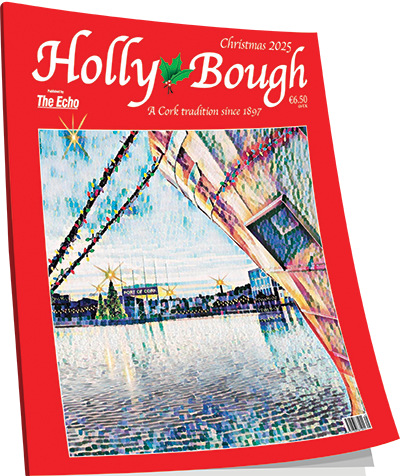Books: Cork town that was hotbed of revolutionary fervour in 1920s

Land War To Civil War 1900-1924: Donoughmore To Cork And Beyond was penned by Gerard O’Rourke
The Cork town of Donoughmore was the “epicentre” of the revolutionary period in Ireland in the early 20th century.
Gerard, who previously published and , says that his parish, 26km north-west of Cork city, is a good base for the historical story he is telling “because Donoughmore was really the epicentre of the revolutionary period”.
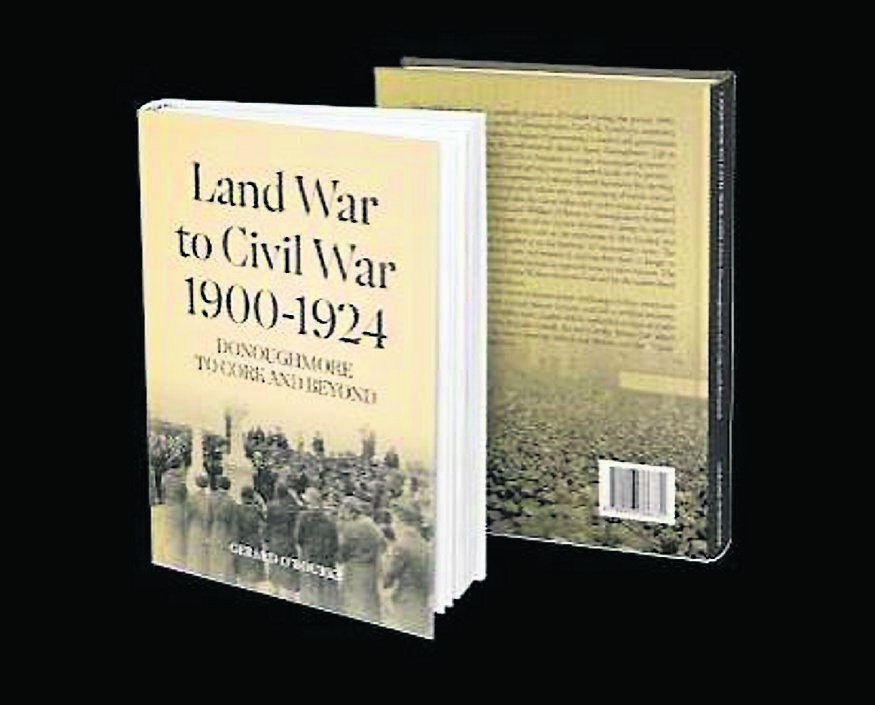
She became involved in the IRA in Manchester and was “very much involved in de Valera’s escape from Lincoln Gaol.
, by Gerard O’Rourke, is available at Vibes & Scribes and Murray’s tackle shop in Cork.
See www.donoughmore.ie for more.
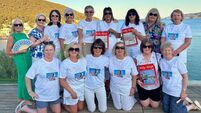
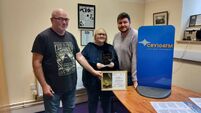
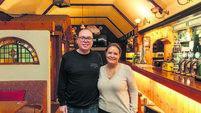
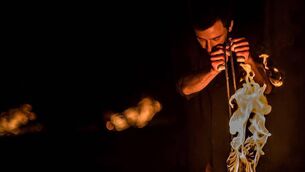



 App?
App?



